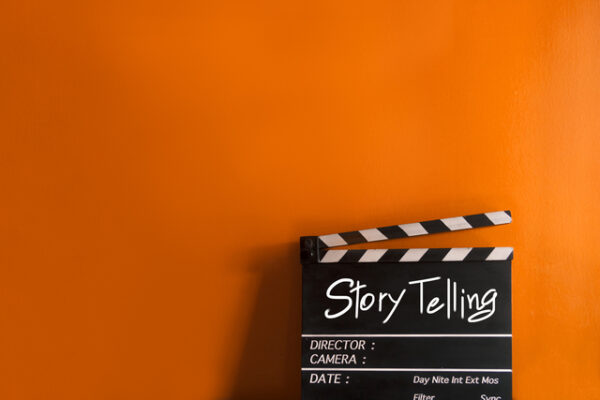Diversity, equity, and inclusion (DEI).
Despite being intended to celebrate differences and promote togetherness, they have arguably become some of the most triggering words in America, corporate or otherwise. Need proof? Look no further than the reports that 33% of DEI professionals lost their jobs in the last year (especially in the tech sector), demonstrating that America’s relationship with the topic is still contentious.
While the battle over DEI’s role in the workplace rages on, there’s another one, however, that can be won: the way in which PR and social media professionals communicate about their DEI efforts.
Here a few strategies PR pros can use to improve the authenticity of DEI-related communications:
Don’t Forget the “I” in DEI Decision-Making
From a certain big box retailer’s ice cream debacle of 2022 to school lunches featuring stereotypical menus, Juneteenth has caused organizations all sorts of trouble. Why? Because all too often, DEI efforts like these come off as misinformed, disingenuous and times just flat-out disrespectful. This is a problem across the DEI landscape, too — there are plenty of examples of organizations that have gotten it wrong when it comes to Hispanic Heritage Month, Pride Month, and more.
This is easily avoidable by including underrepresented communities in the decision-making around your DEI communications. How can you say your company and/or client is embracing DEI without having anyone from the communities you’re trying to reach as a part of the conversation? Don’t have the people of said community on staff? While that might be a problem in and of itself, you can also partner with people who represent those communities to properly account for their hopes, fears, desires, goals and problems.
For example, Ben & Jerry’s has long been applauded as a model citizen in the DEI space for both its social activism and approaches to communicating its messaging. Their DEI-related brand communications always come across as authentic, because they stay engaged in their activism efforts all year long, and the company even has an internal “activist team” with touchpoints throughout the organization.
Black Lives Matter. Choosing to be silent in the face of such injustice is not an option. https://t.co/6Vy0KHJeKU #BlackLivesMatter pic.twitter.com/pK96teLRhd
— Ben & Jerry's (@benandjerrys) October 6, 2016
Avoid Being a Silent Ally
Another reason DEI communications often do not come across as authentic is because it is sadly common for organizations to consistently feature the same person of color/female/LGTBQIA+ individual (or small group) in their DEI efforts.
It’s one thing to have a person of color who can contribute to your DEI content; it’s another altogether to expect them to be responsible for all of it. This makes it look like this is just “their thing,” or that you’re pawning it off on someone to speak directly to their community as it is not as important to the rest of your organization.
To increase authenticity, consider inviting a non-person of color or member outside of the LGTBQIA+ community to talk about or showcase what they have learned as a result of taking part in your organization’s DEI efforts. That first-hand experience may make an even more powerful impact, and is likely to result in better content overall.
Finally, keep in mind that it’s okay (and many times, more authentic) for your DEI communications to admit that you’re learning and want to do so together. DEI is a complex topic that your organization isn’t going to have all the answers to; it is often only by trying to find them that true progress happens.
For more ideas on improving the authenticity of your DEI communications, don’t miss:


